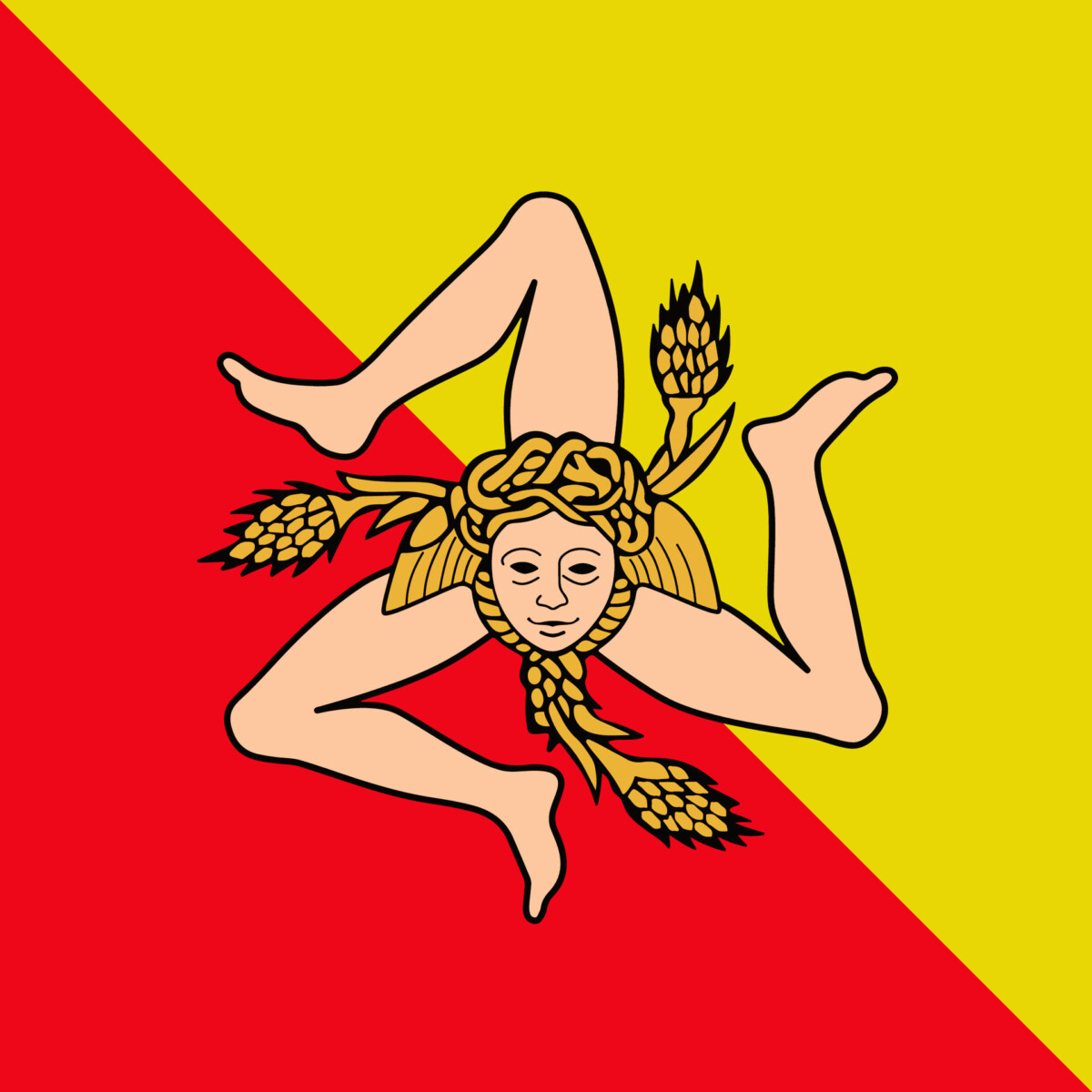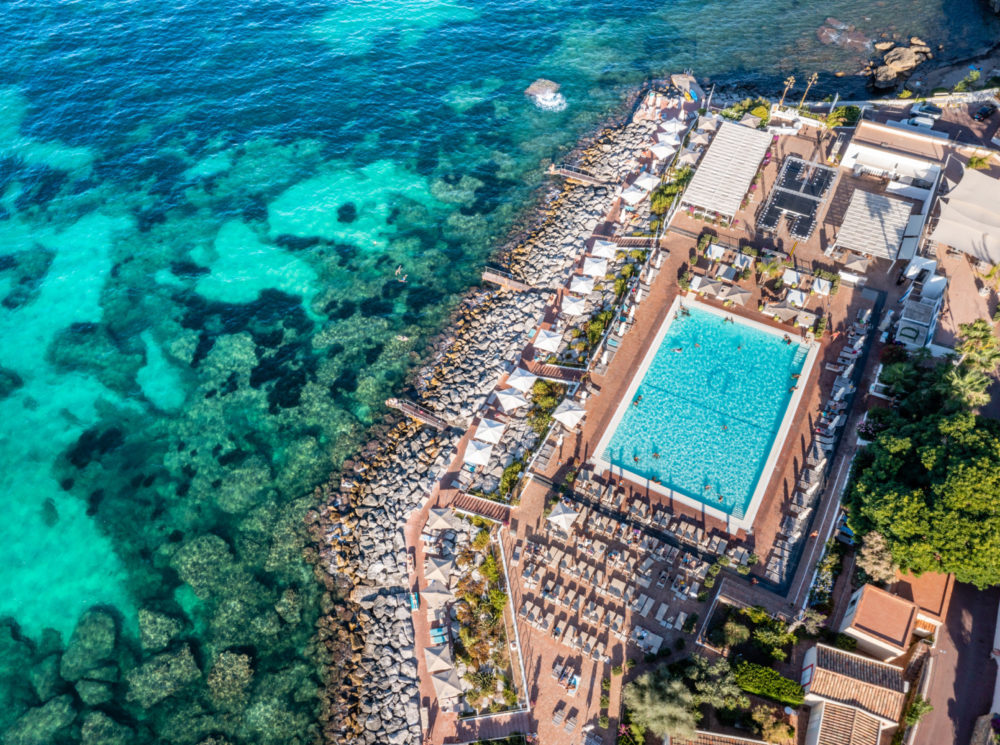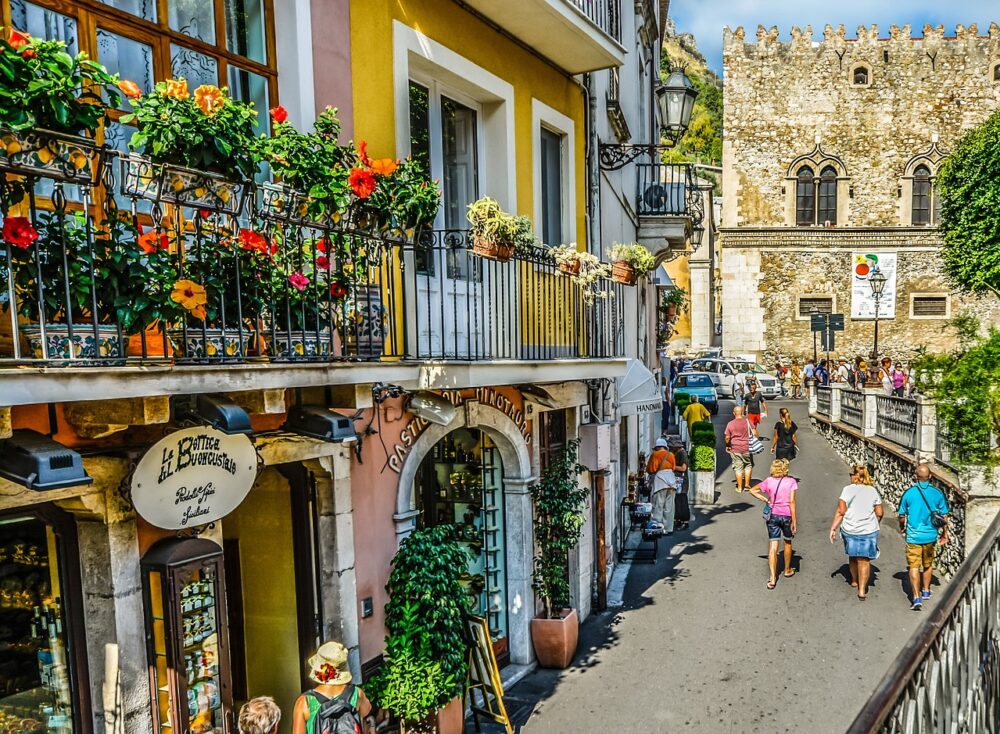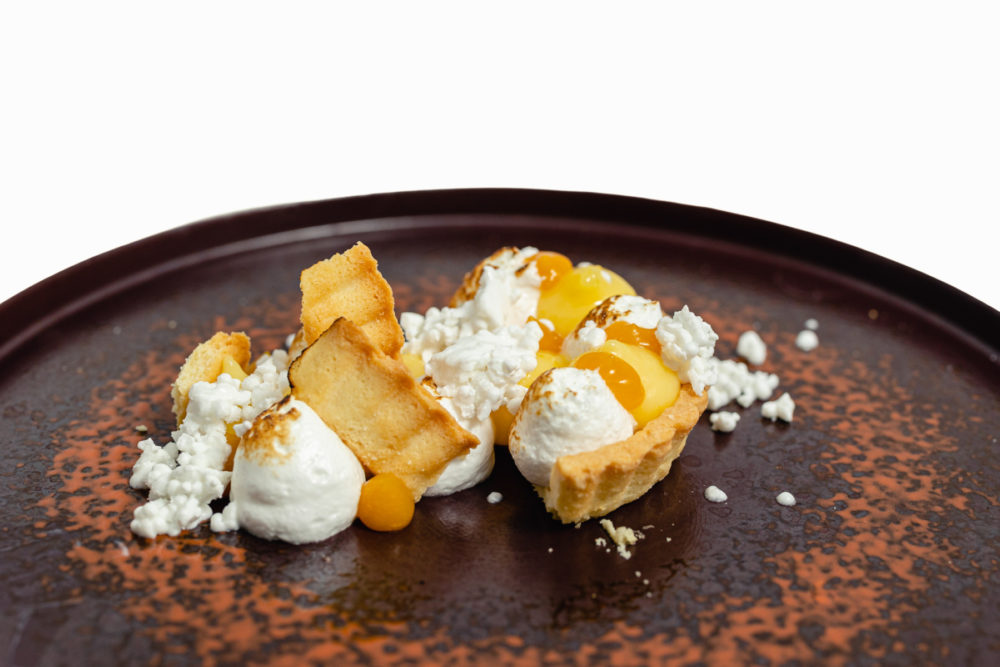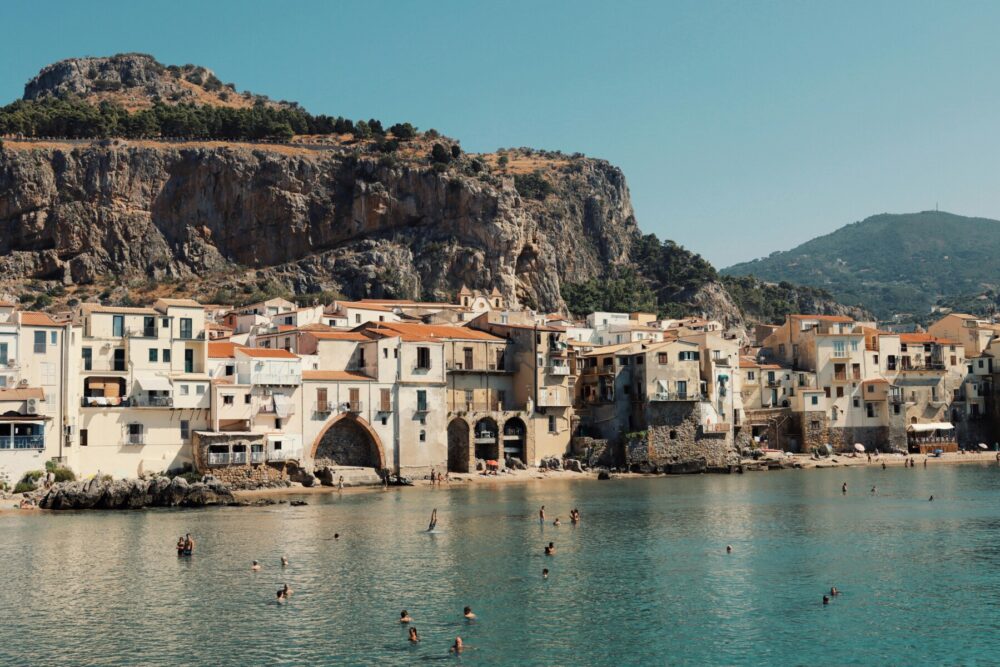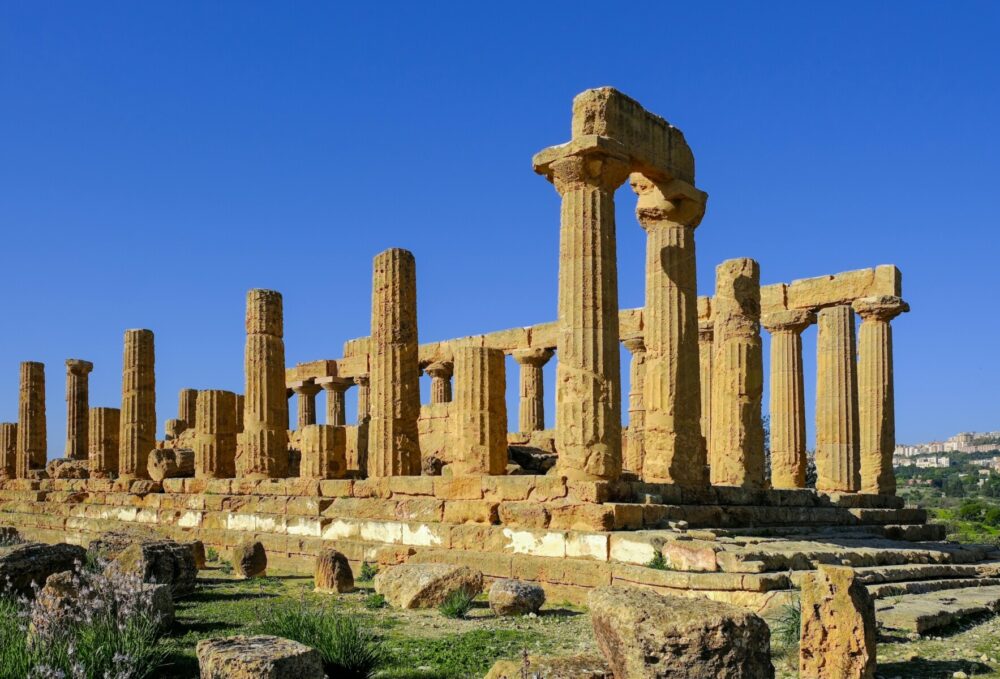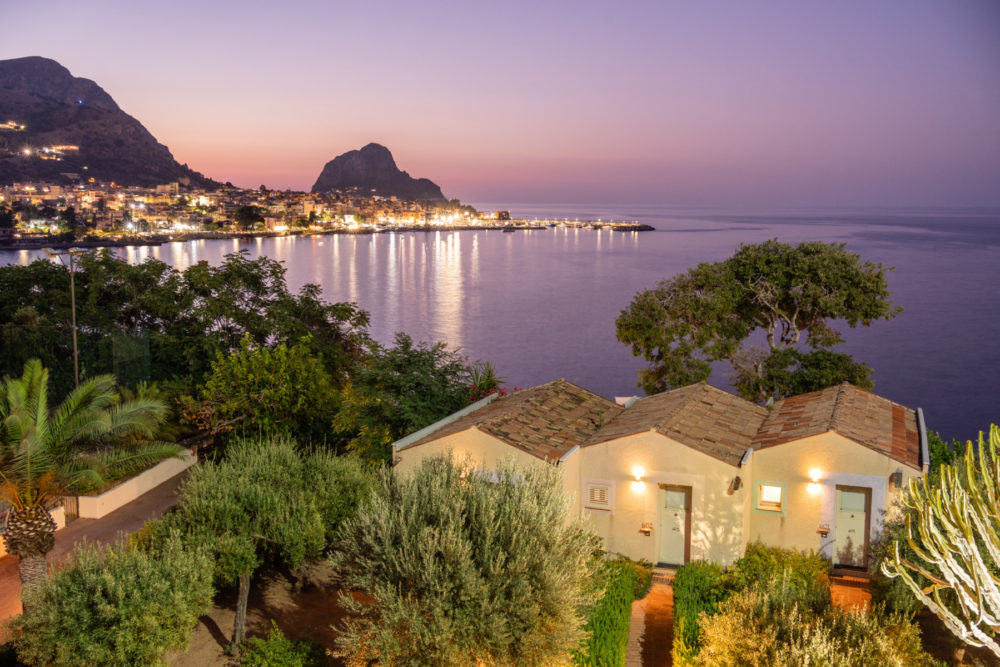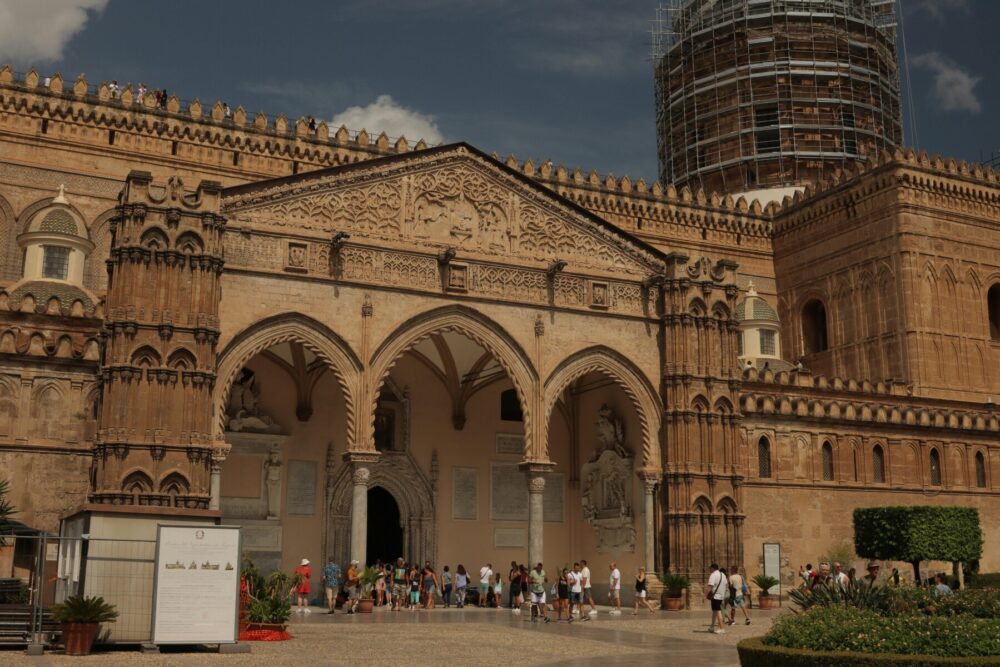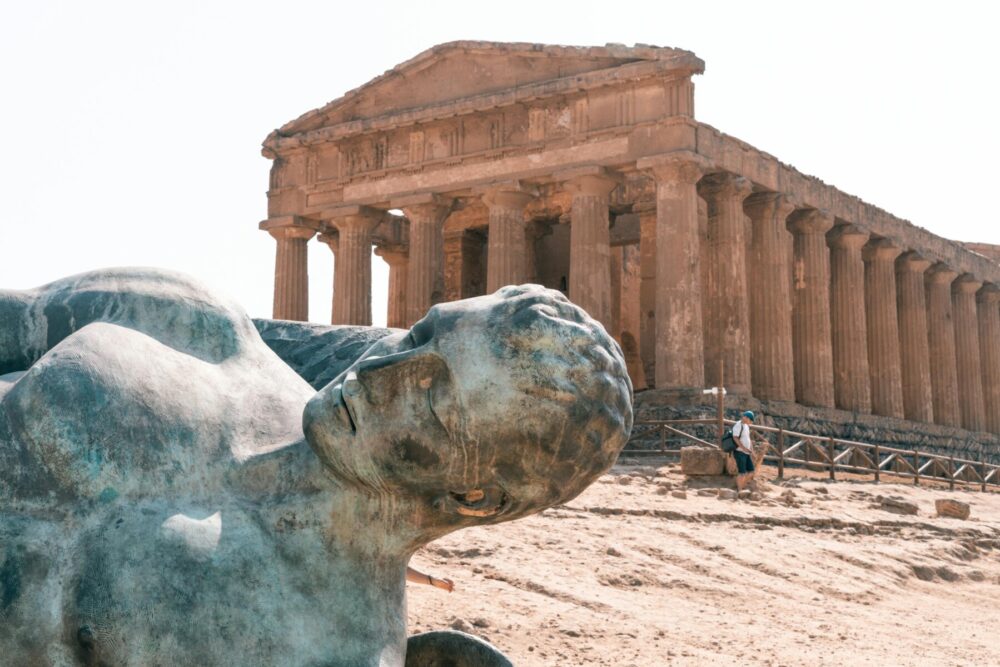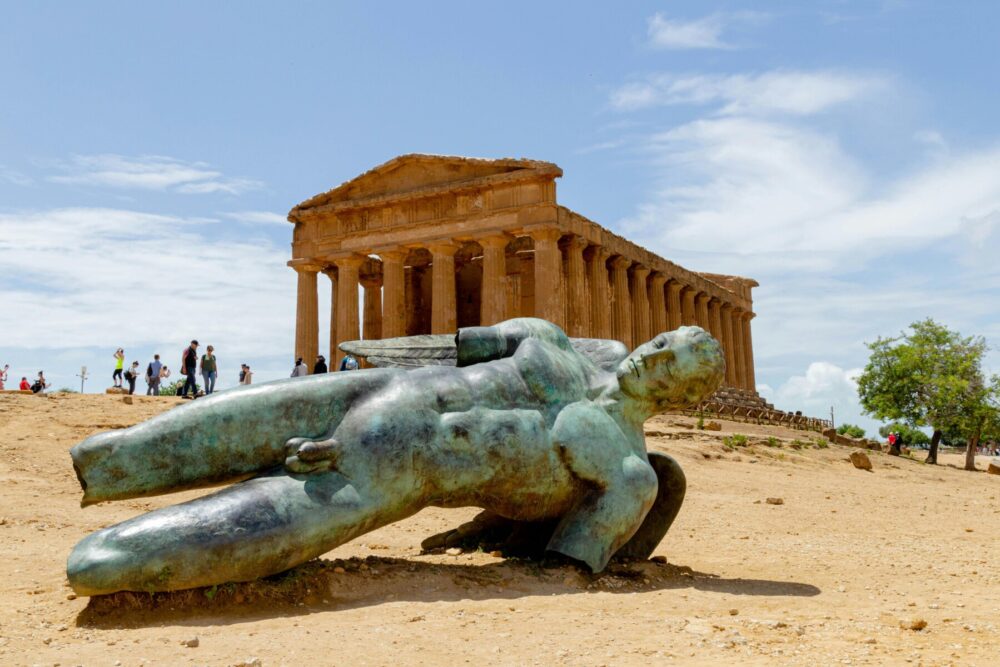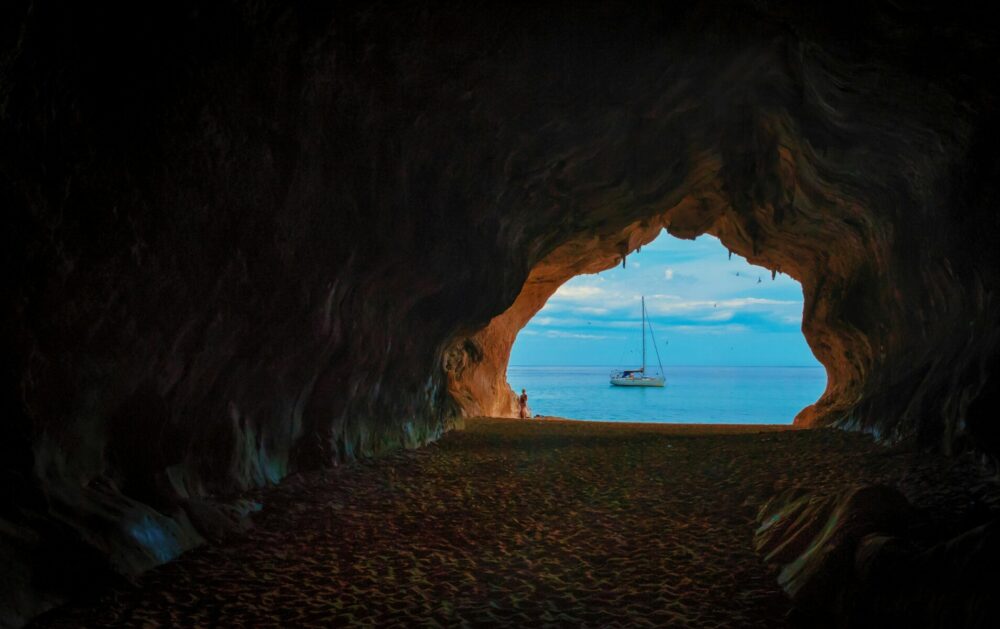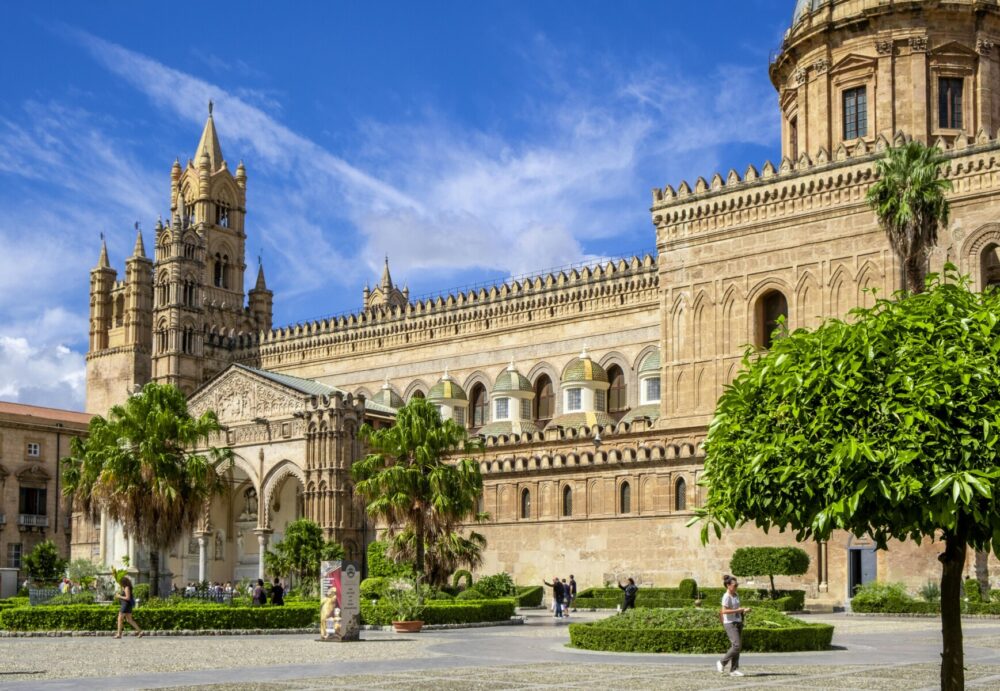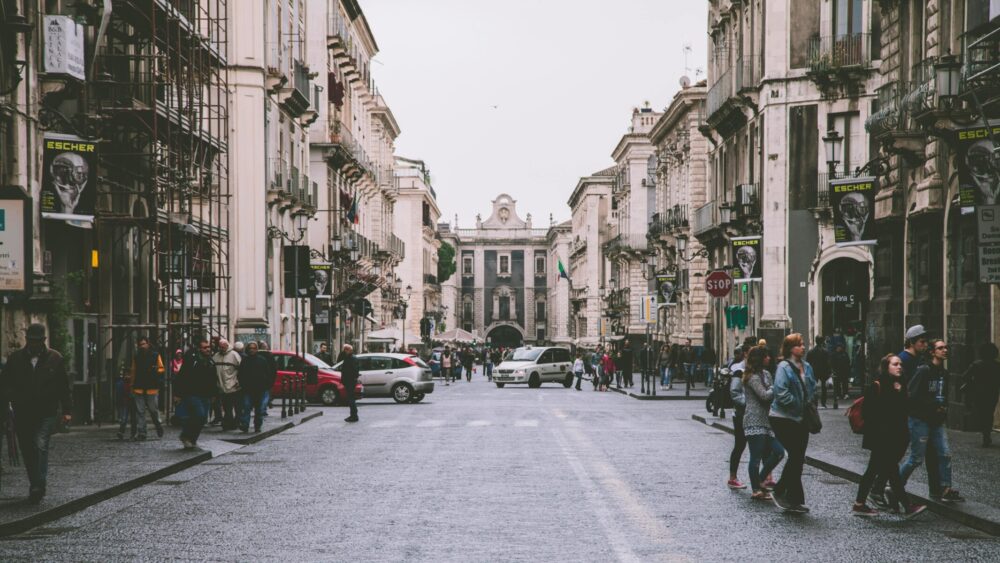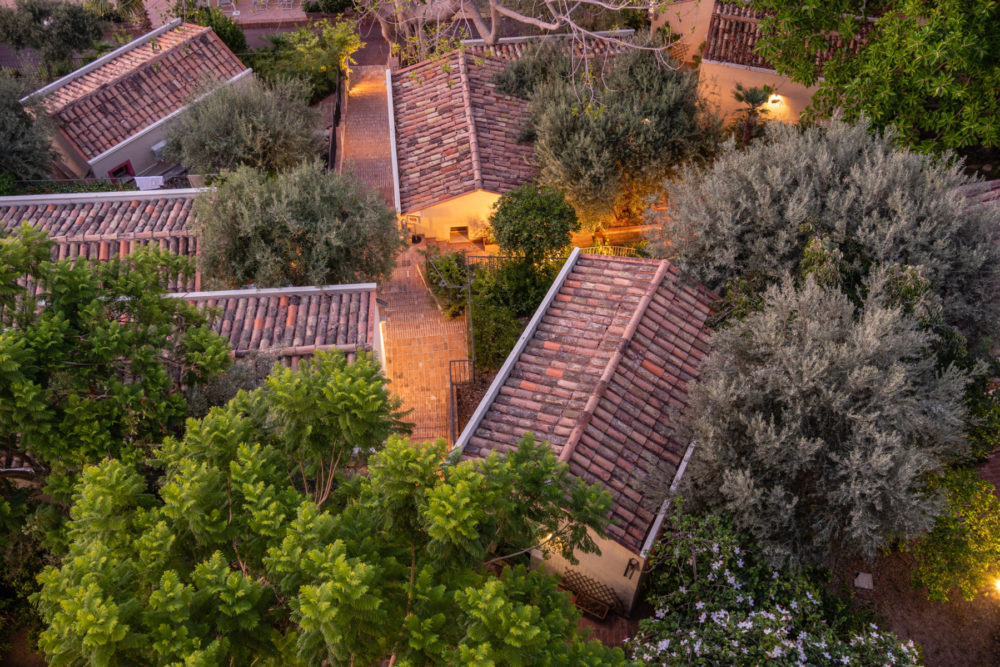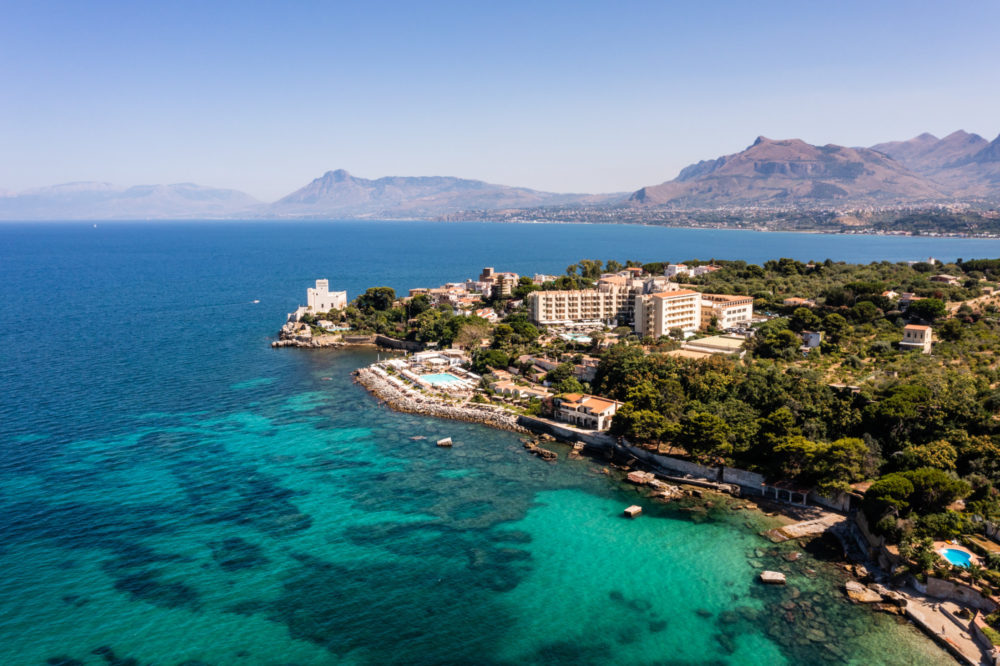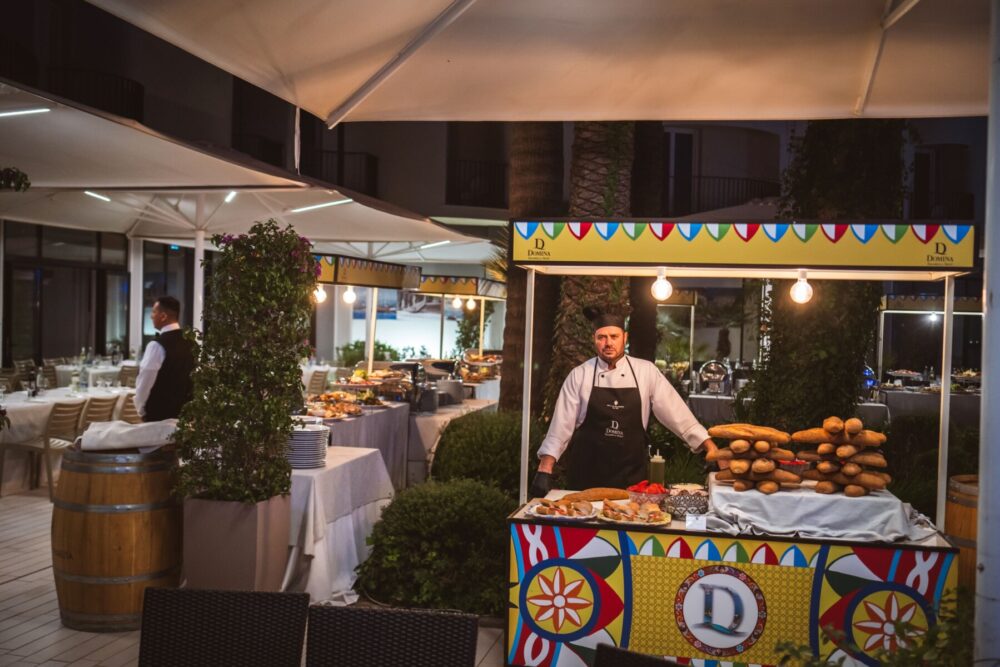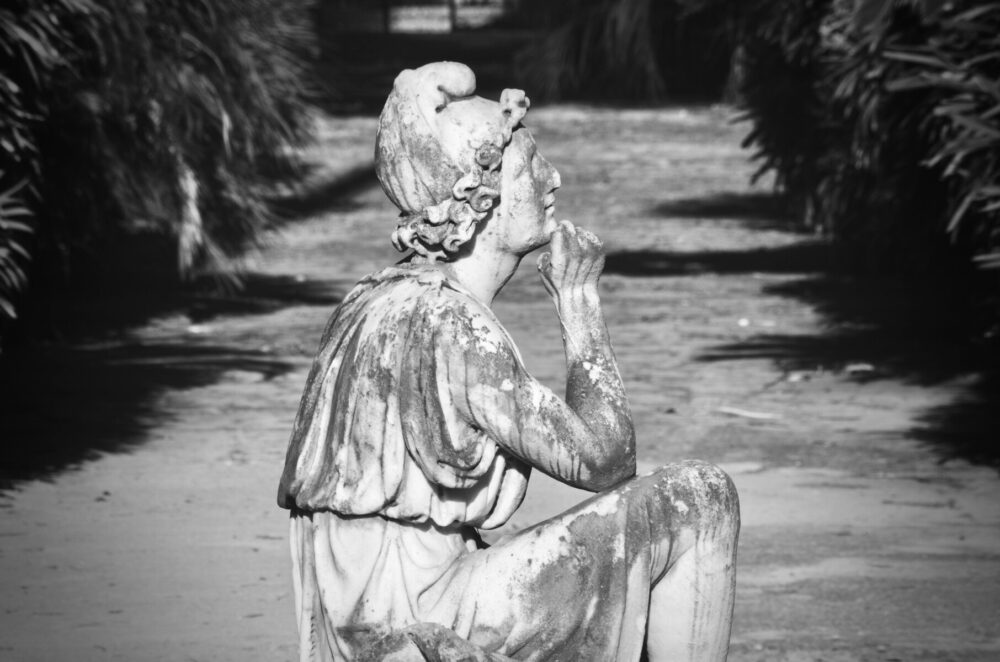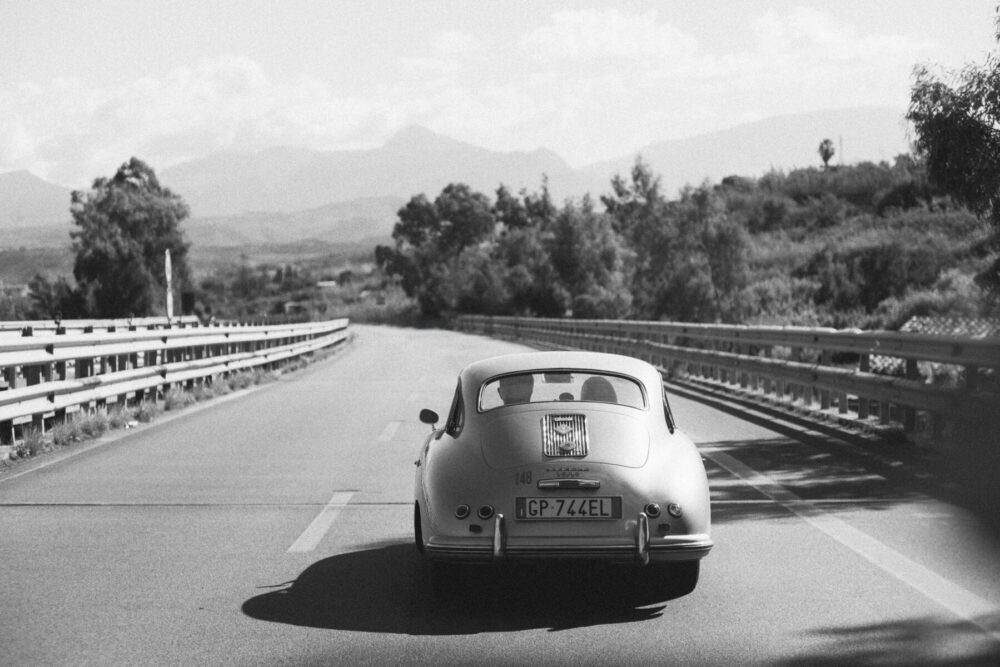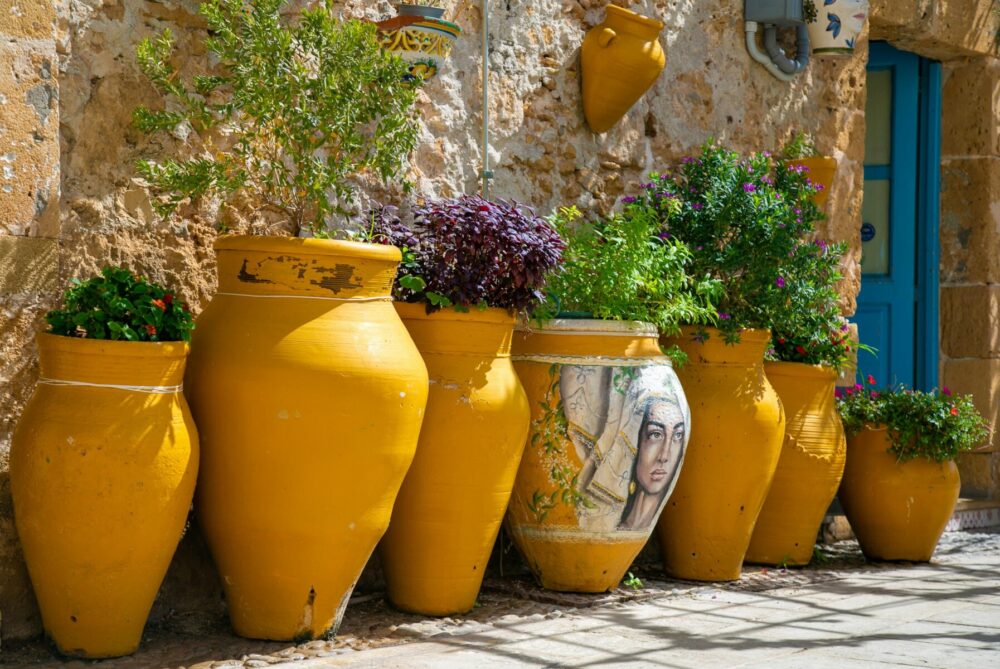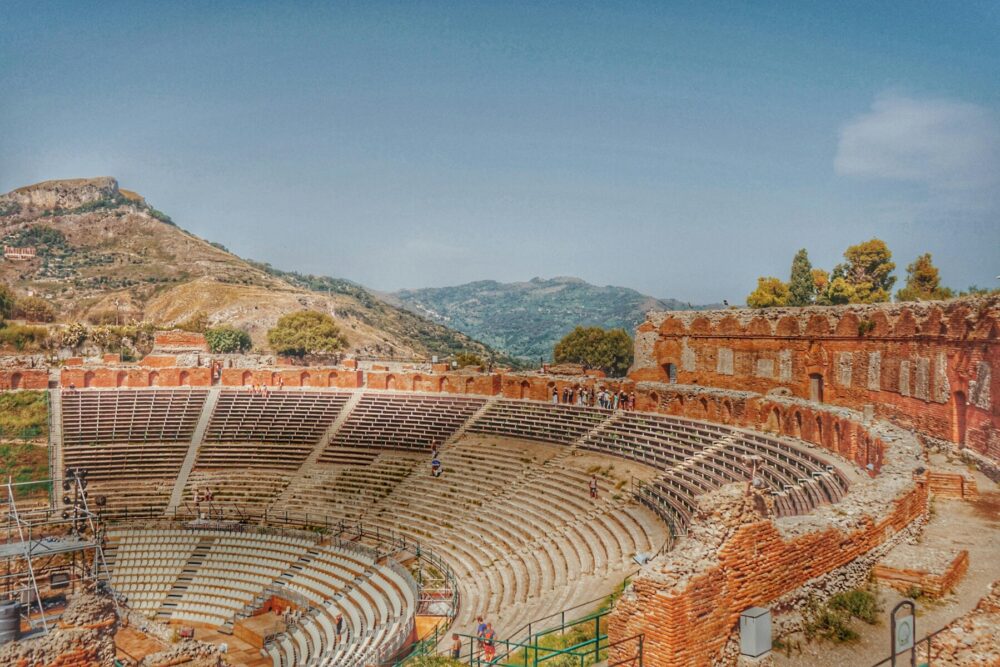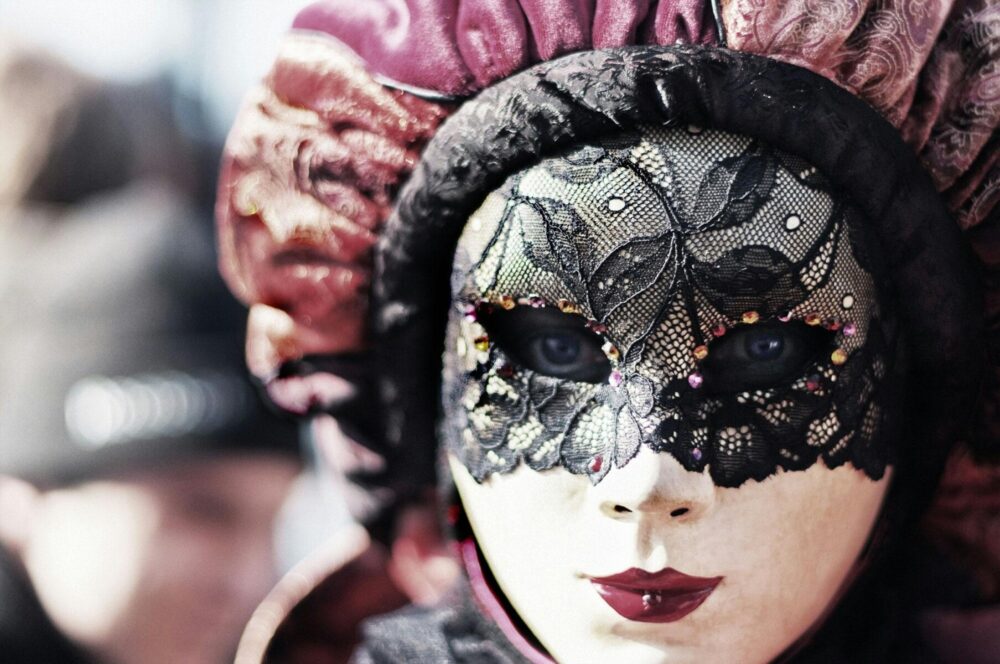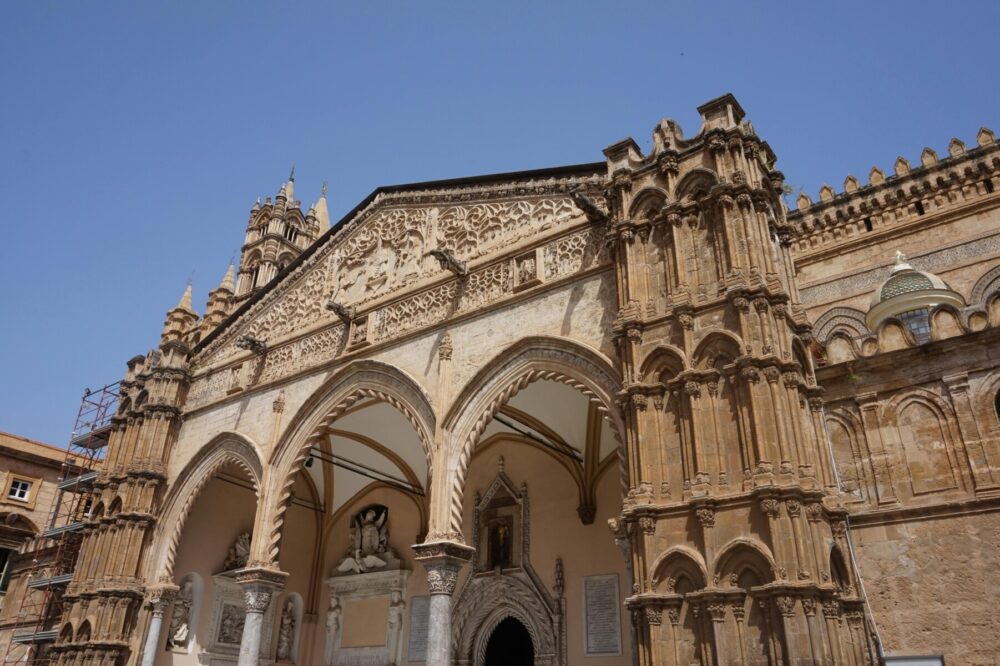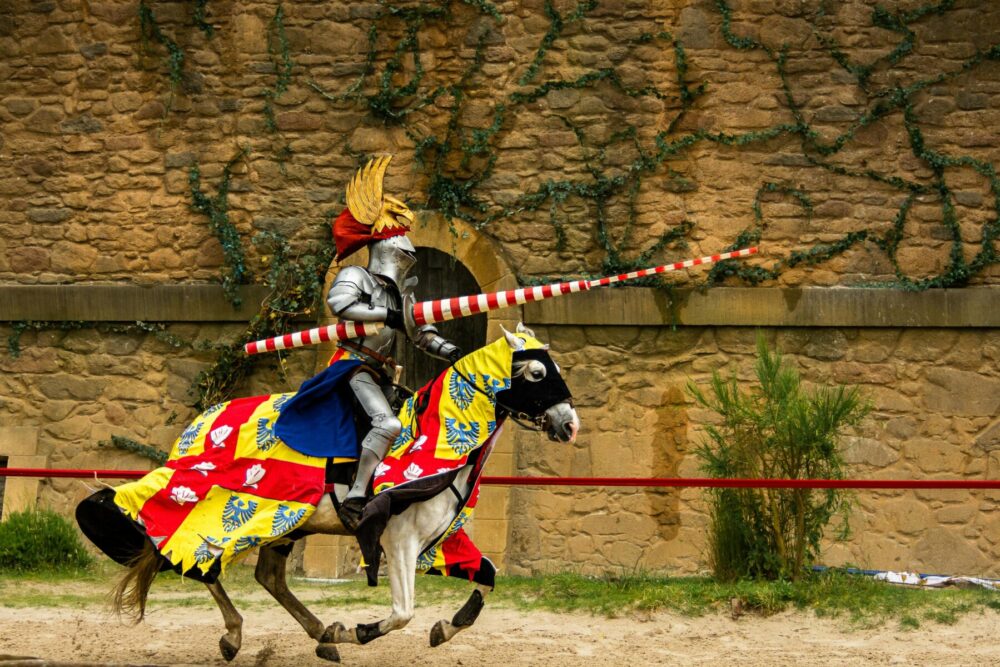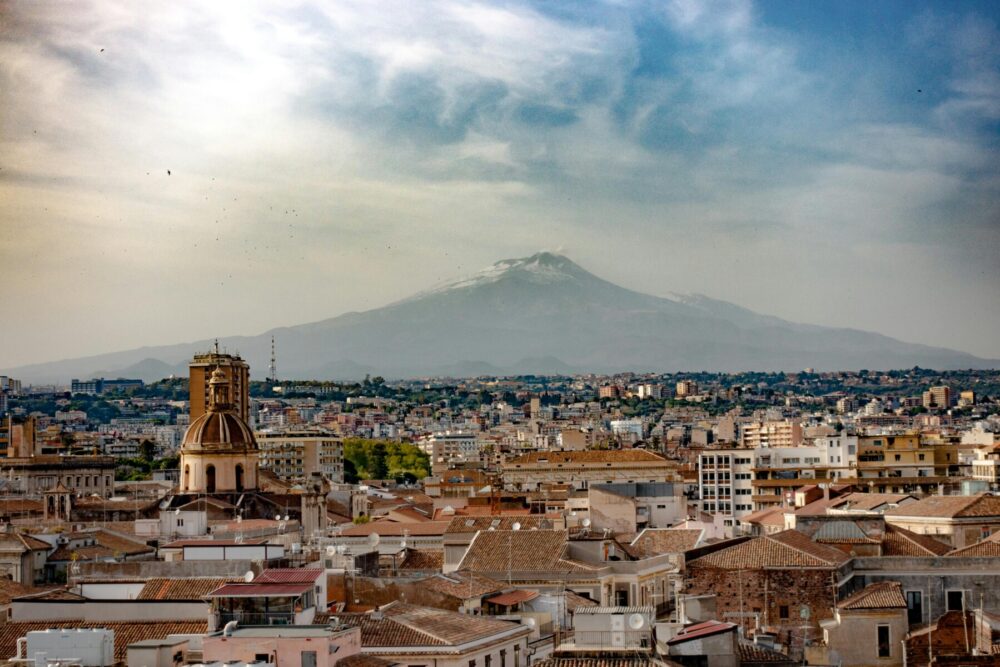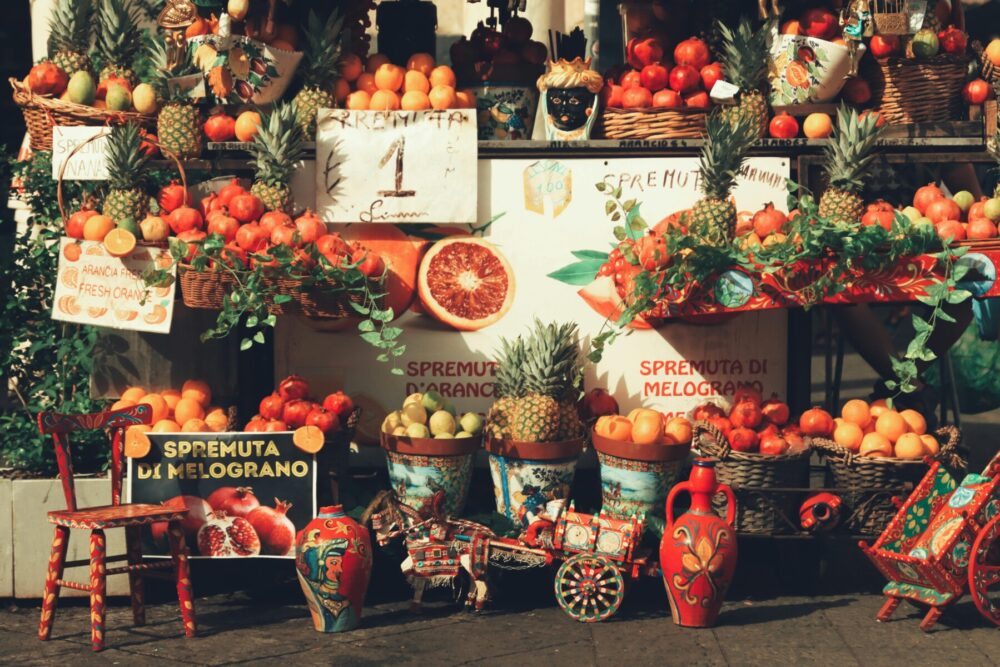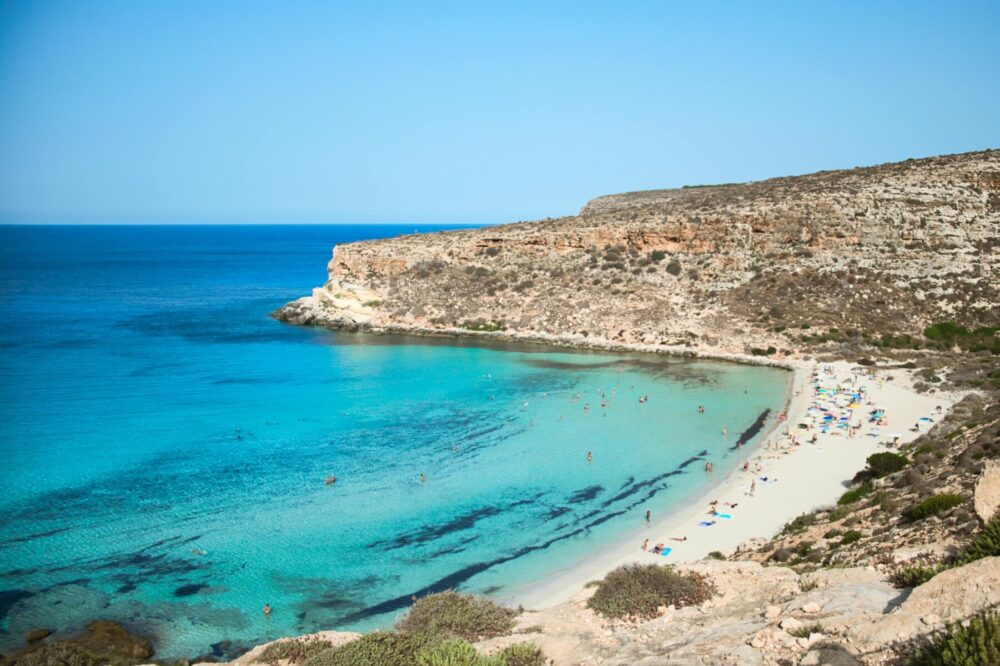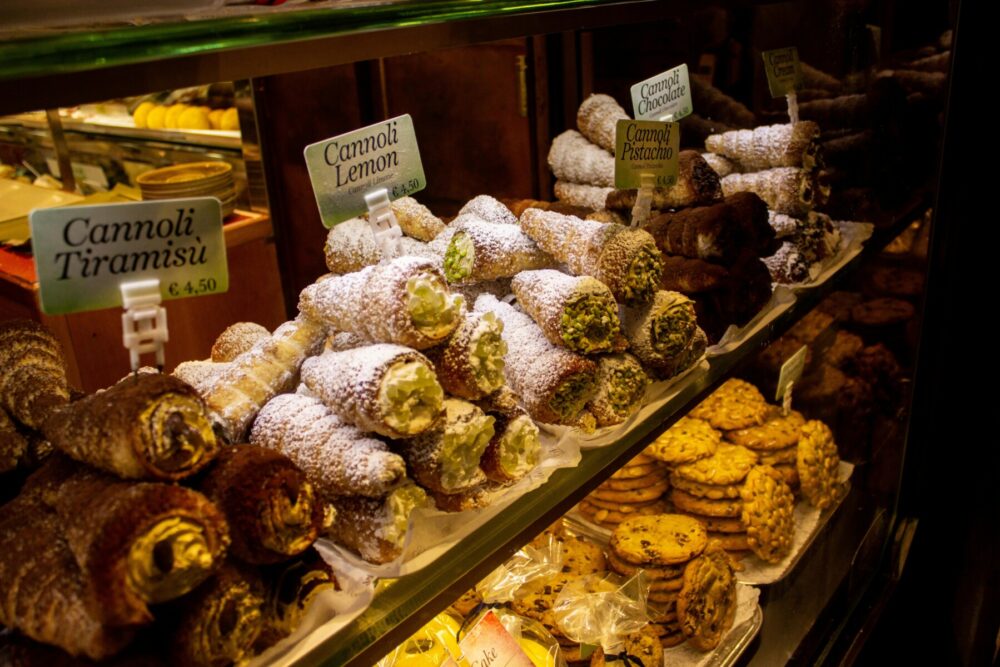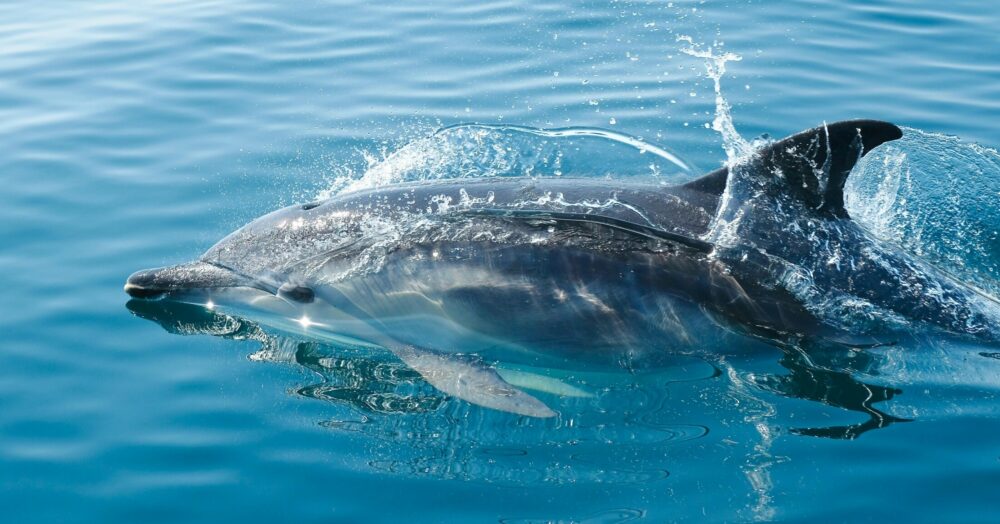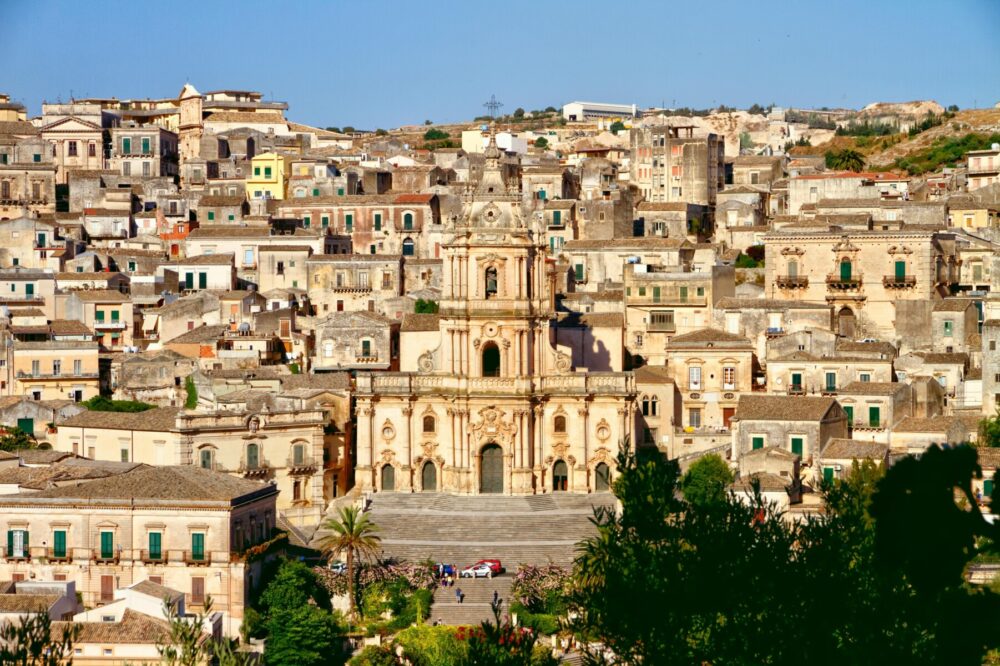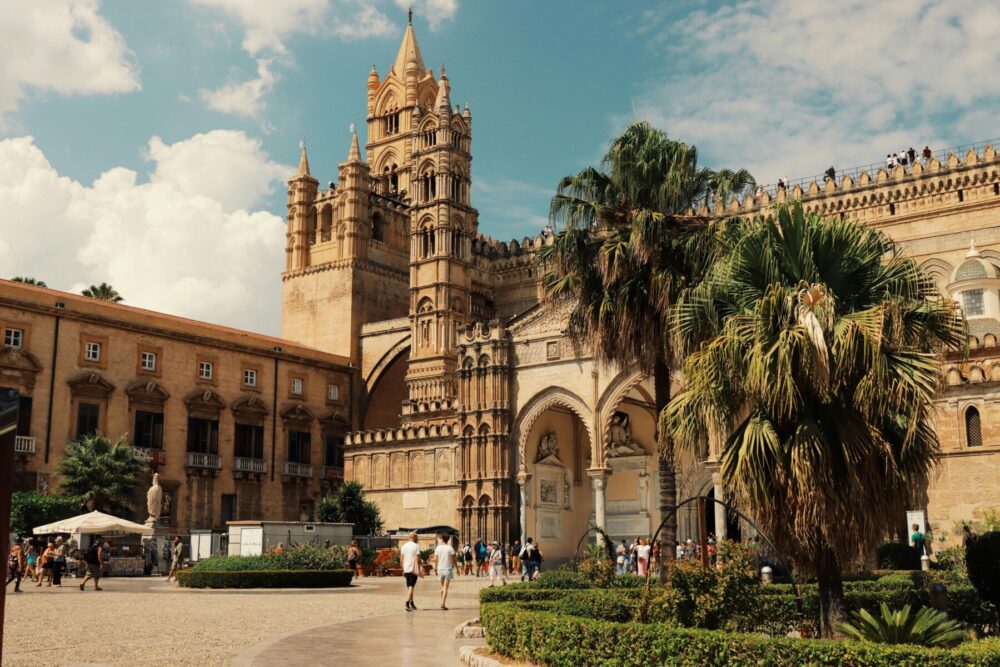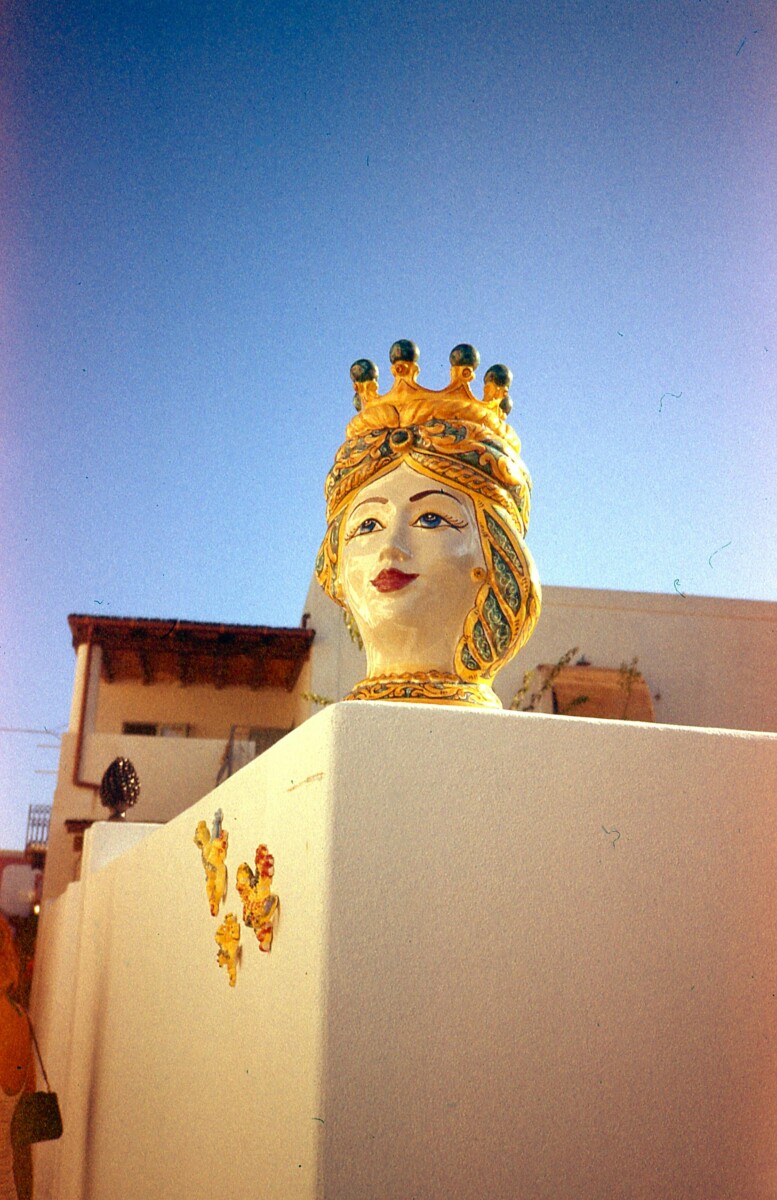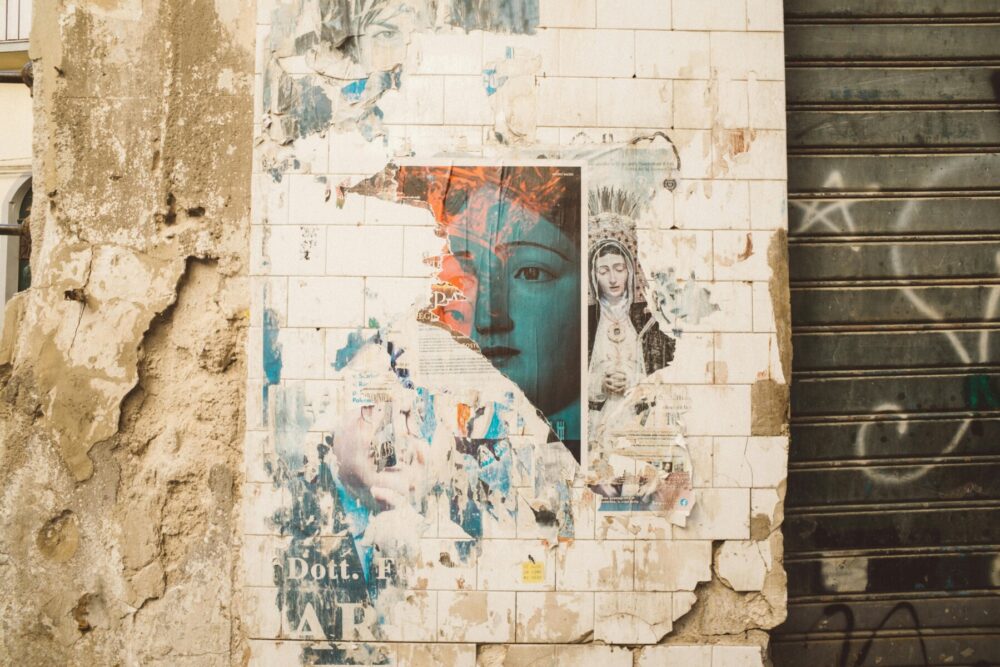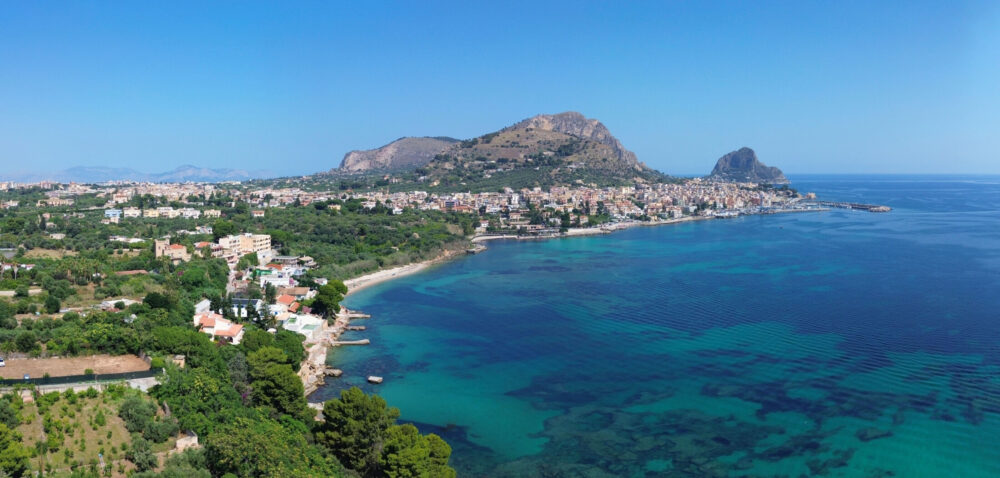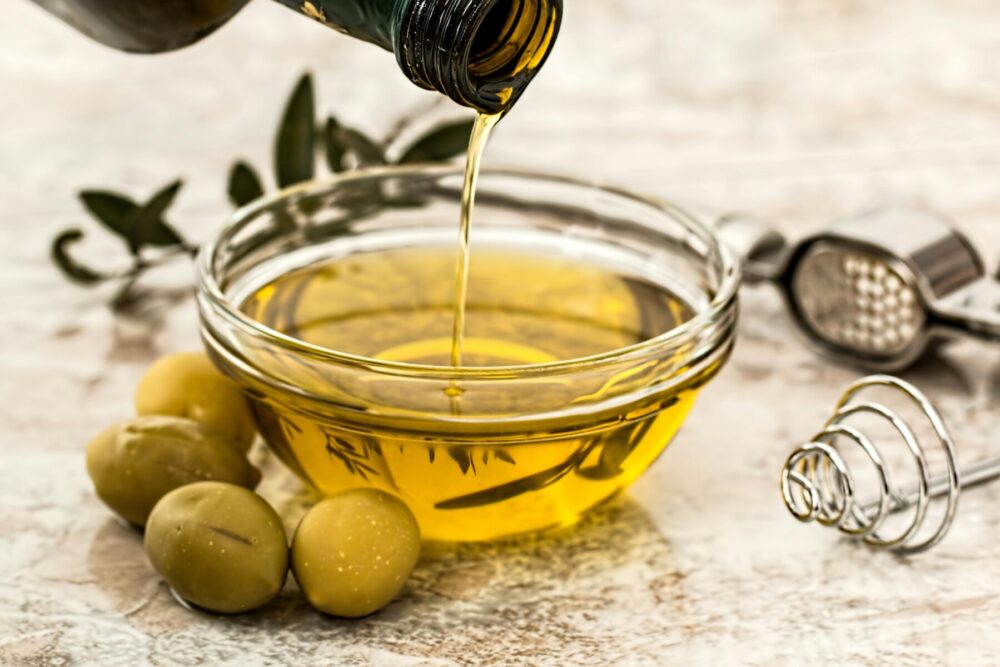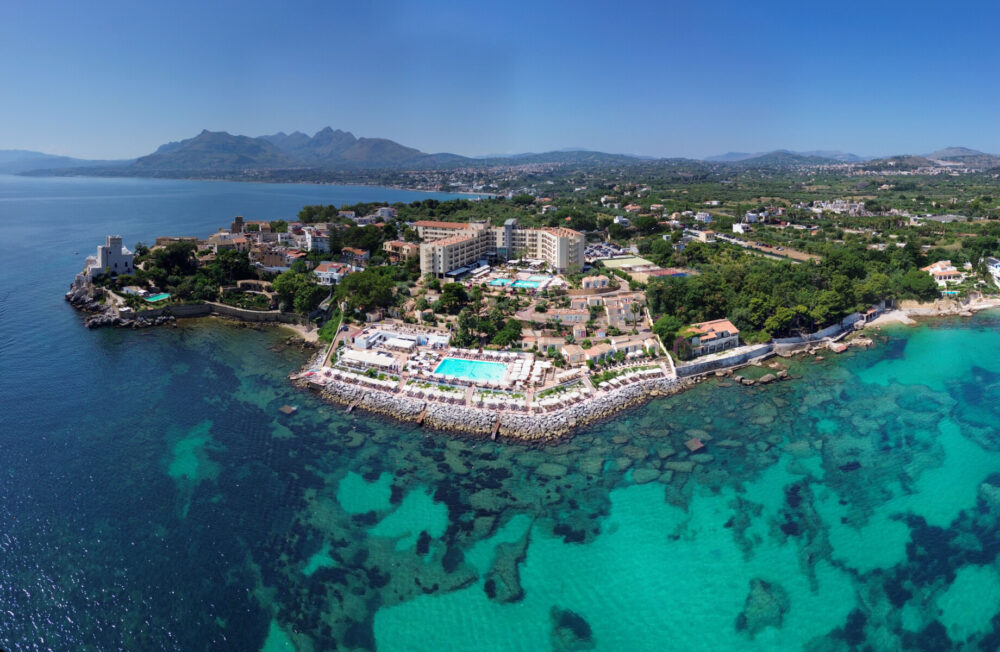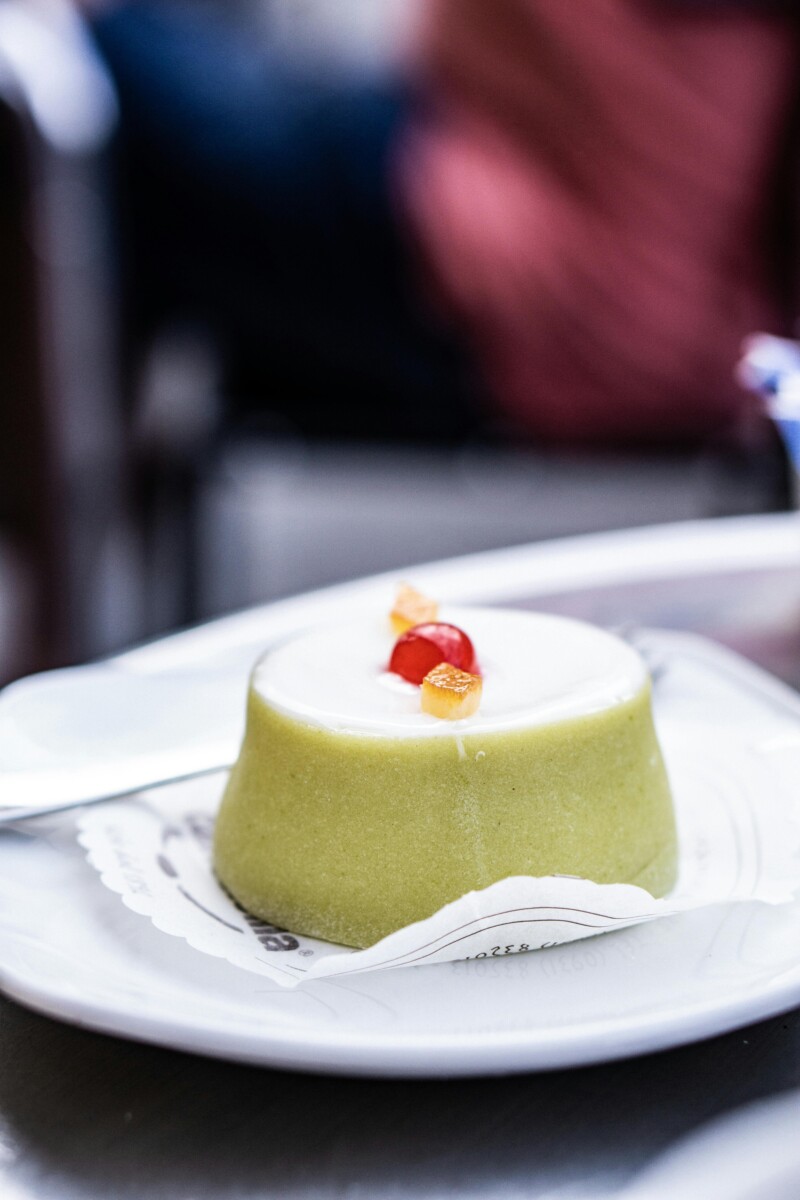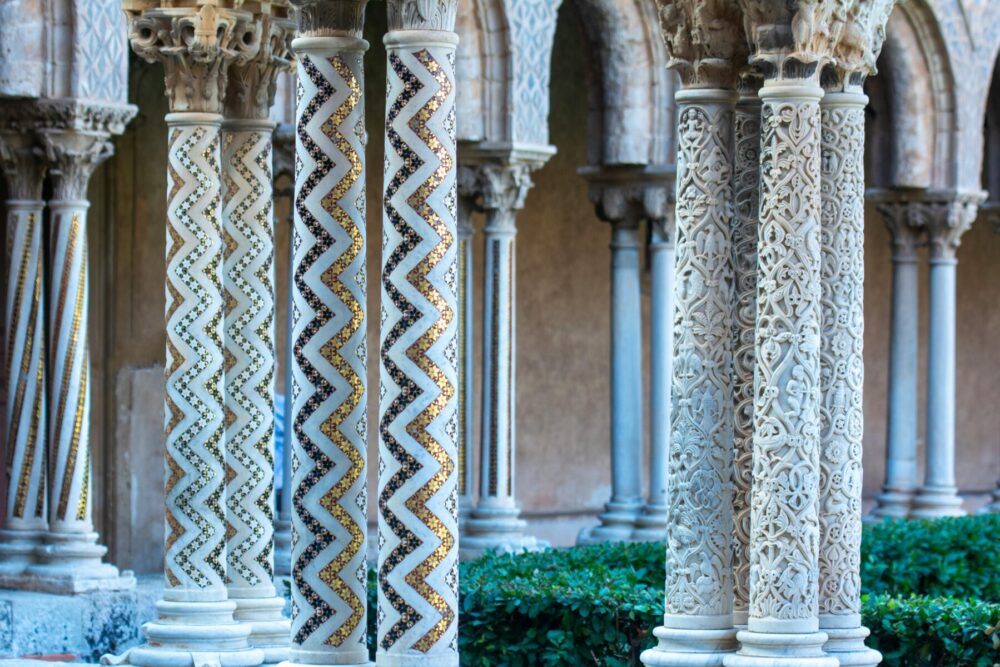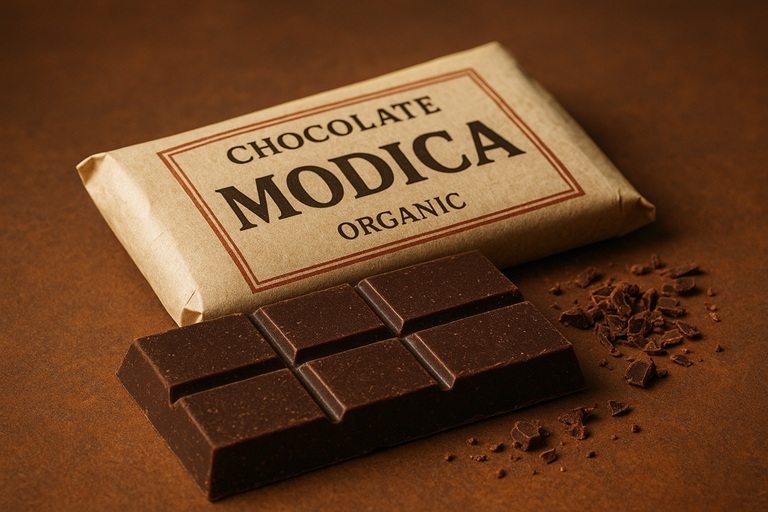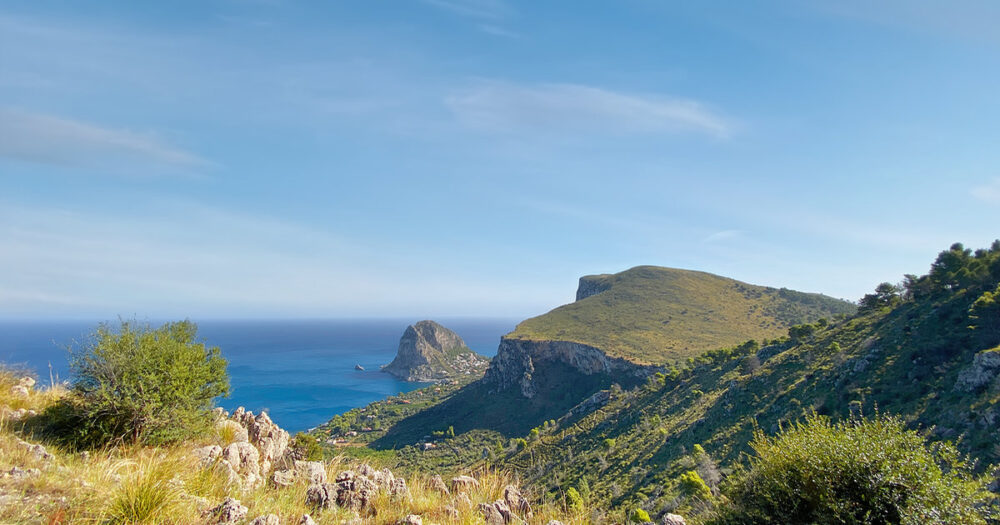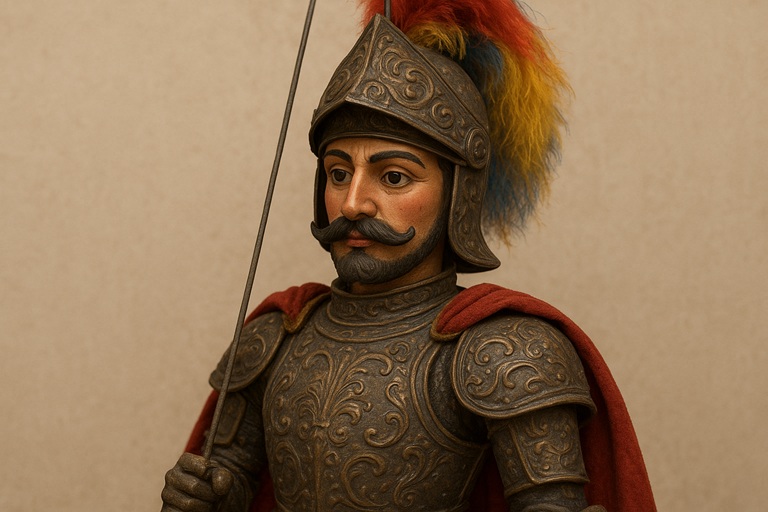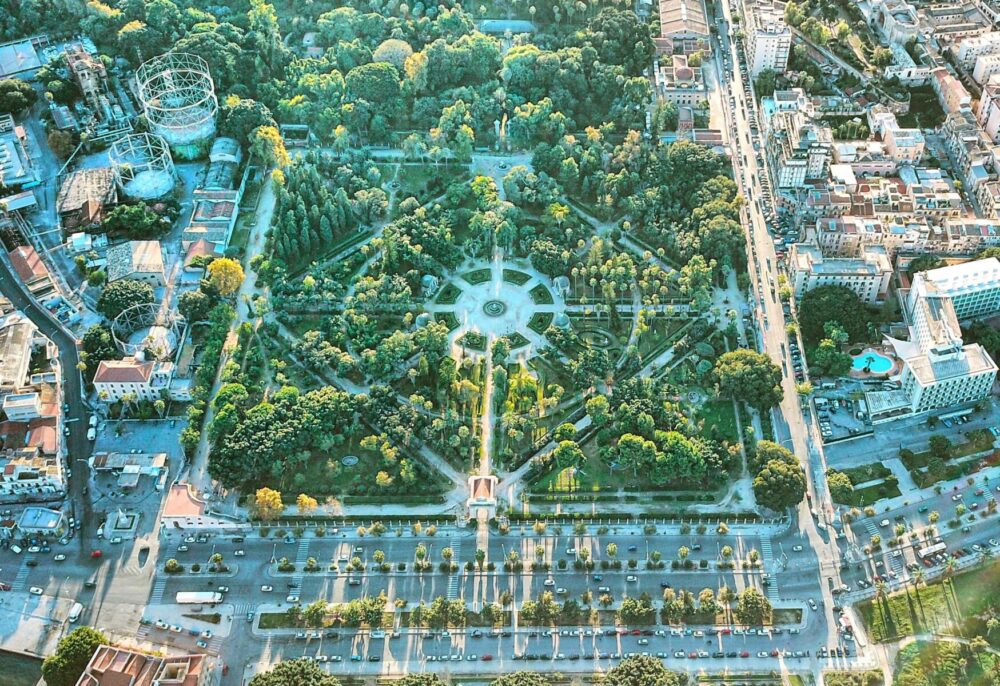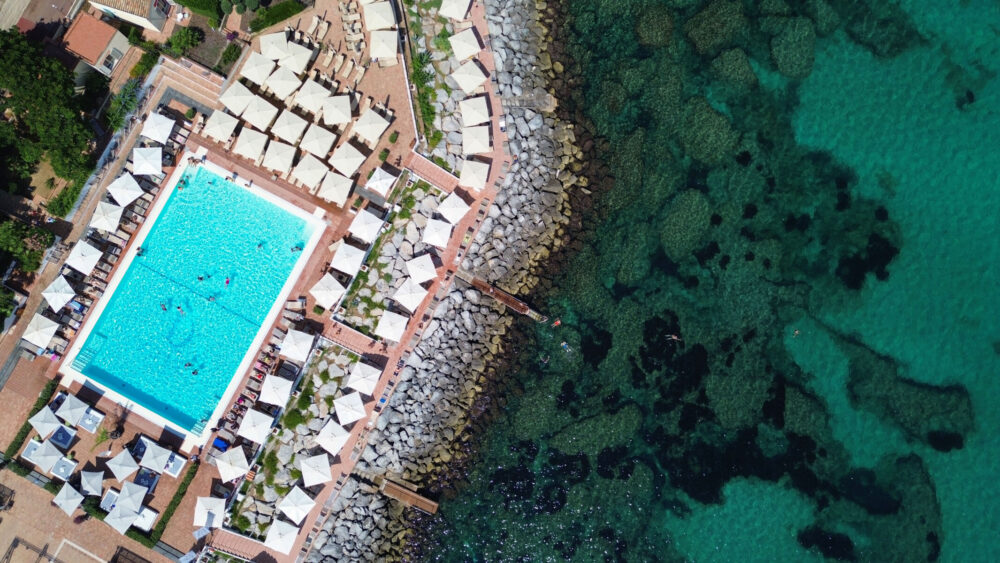The Flag of Sicily: The Meaning, Symbols, and History
Sicily, a land of thousands of years of history and vibrant culture, is represented by a flag that encompasses symbols that are deeply rooted in its identity. The flag of Sicily is an emblem that tells stories of ancient civilizations and traditions that have shaped the island over the centuries. With its vibrant colors and distinctive symbols, it is a reflection of the cultural richness and diversity that characterize this region. Discovering the meaning, symbols, and history of the Sicilian flag is a fascinating journey through time, offering a deeper understanding of Sicily and its unique heritage.
What is the meaning of the flag of Sicily?
The flag of Sicily is a symbol with many meanings that reflect the history and culture of the island. It is composed of two main colors: yellow and red, which represent the city of Palermo and the town of Corleone, respectively, who united against the Angevins in 1282 and gave rise to the famous Sicilian Vespers. At the center of the flag is the Triskelion (“three legs” in Greek), an ancient symbol made up of three bent legs radiating from a Gorgon head. The Triskelion represents the three promontories of the island: Cape Peloro, or Punta del Faro in Messina, Cape Passero in Syracuse, and Cape Lilibeo, or Cape Boeo, in Marsala. Emblem of strength and continuity, the Triskelion, or Trinacria, represents the perpetual movement and the unity of the three points of the island: Palermo, Catania, and Syracuse.
The head of the Gorgon, also known as Medusa with her snakes, symbolizes protection and power against evil and negative energies, a reference to Greek mythology that has profoundly influenced Sicilian culture. This central symbol is surrounded by three ears of wheat, which emphasize the importance of agriculture and the fertility of the Sicilian land. The flag of Sicily, with its symbols and colors, is a powerful reminder of the resilience and cultural richness of the island, an emblem that continues to inspire pride and identity among its inhabitants.
Why Medusa is the symbol of Sicily
The mythological figure of Medusa the Gorgon, with her petrifying gaze and snakes instead of hair, is a symbol deeply rooted in Sicilian culture, representing a blend of history, myth, and regional identity. Sicily, a crossroads of civilizations and cultures in the heart of the Mediterranean, has adopted Medusa as an emblem for its ability to evoke strength, mystery, and beauty. This symbol is depicted in the Trinacria, or Triskelion, the ancient symbol of Sicily, which combines the head of Medusa with three bent legs, representing the three points of the island: Palermo, Catania, and Syracuse.
The choice of Medusa as a symbol is not random: it embodies the complexity and cultural richness of Sicily, a place where Greek myths and local legends merge into a unique heritage. Medusa represents strength and protection and is considered a talisman against evil and negative energies, as well as representing the fertility of the island. The Trinacria, with Medusa at its center, is a symbol of Sicilian unity and identity, combining the mythology, history, and culture of the island. You’ll find its image everywhere, from traditional ceramics and ancient mosaics, to modern souvenirs, testifying to an unending bond with Sicilian identity.
Yellow and red: the colors that represent Sicily.
Sicily, with its rich history and vibrant culture, is essentially represented by these two colors: yellow and red. They emerge as powerful symbols of the region, embodying its sunny and passionate essence. Yellow, bright and luminous, evokes the fields of golden wheat that sway under the scorching sun, a tribute to the fertility of the Sicilian land and its millennia-old agricultural tradition, but above all represents the town of Corleone. Red, on the other hand, evokes the passion and energy that pervade the island, symbolizing the fire of volcanoes like Etna, which dominates the horizon with its majesty, but above all represents the city of Palermo. Both towns united in 1282 during the Sicilian Vespers to drive the Angevins from the island.
Staying at Domina Zagarella Sicily in Santa Flavia, our resort located on the Sicilian coast, you can easily reach the city of Palermo, which is half an hour away by car, and with a little patience, you can also visit the town of Corleone, which is an hour’s drive from our property. At Domina Zagarella Sicily, you can also enjoy exclusive services, from infinity pools overlooking the crystal-clear sea to gourmet restaurants offering dishes from local cuisine and beyond. Choosing Domina means indulging in the luxury of feeling at home, wherever you are: book your next vacation at Domina Zagarella Sicily and discover the true meaning of hospitality, surrounded by luxury.
